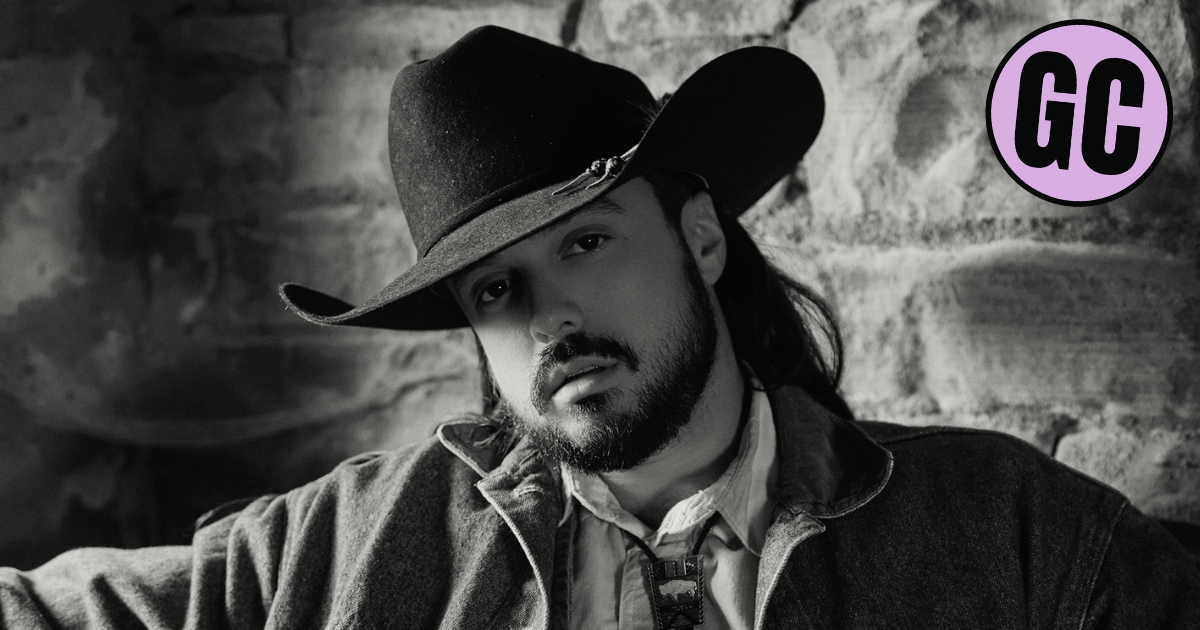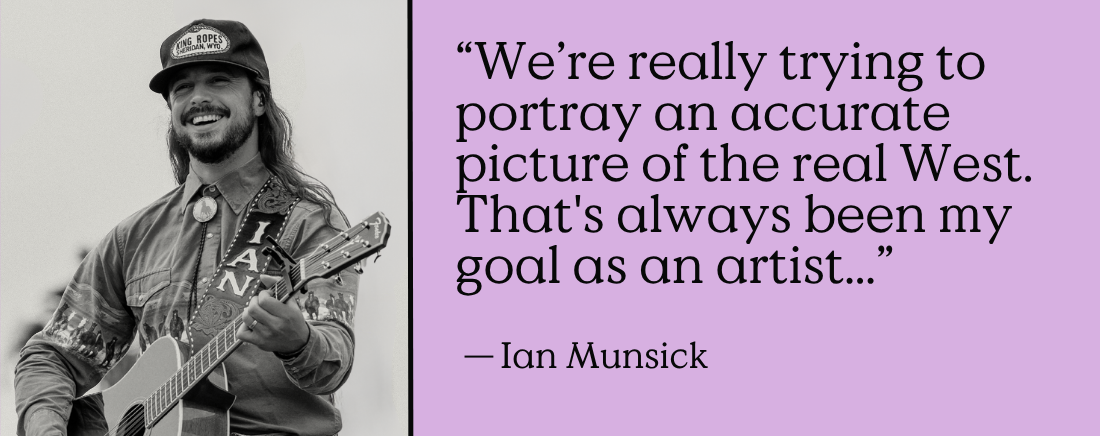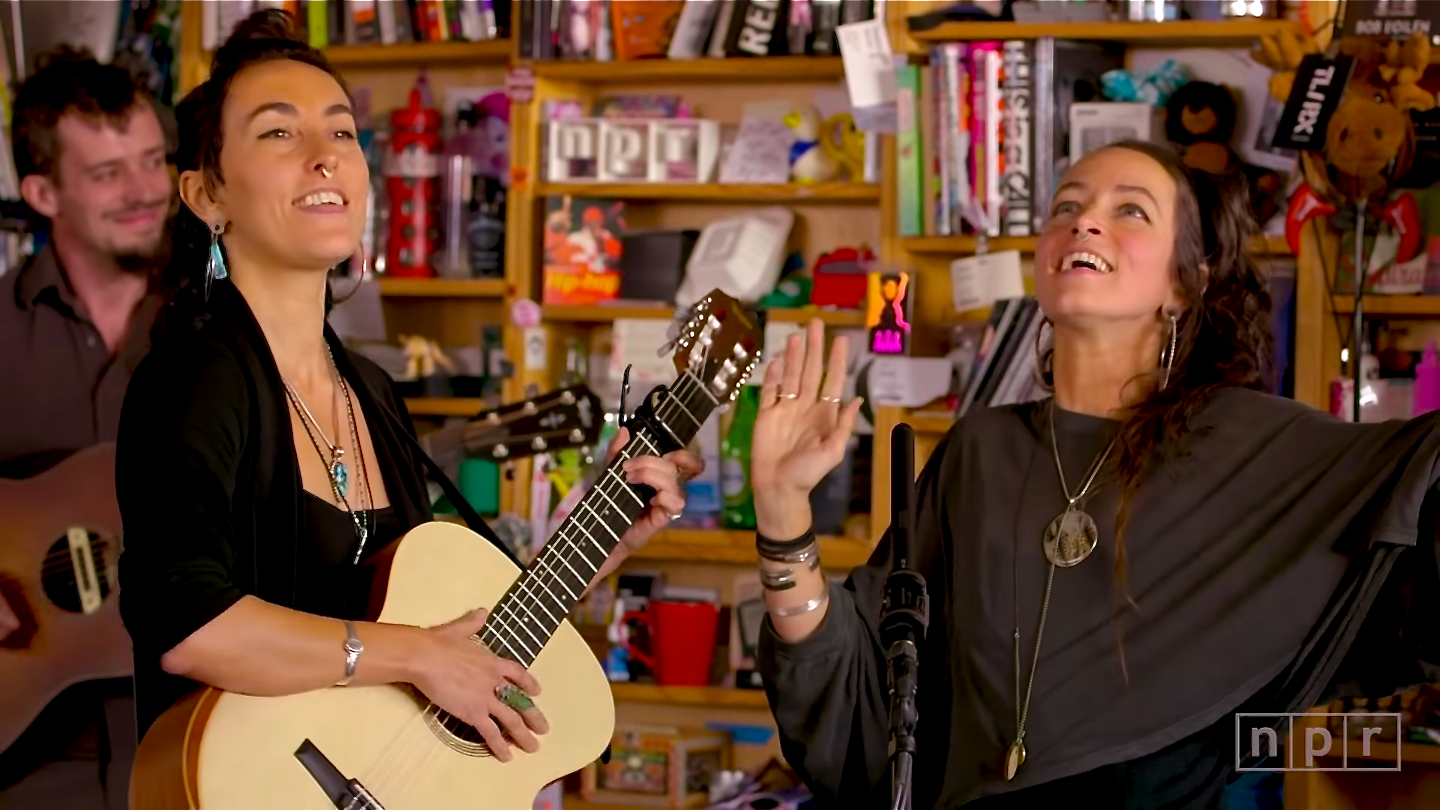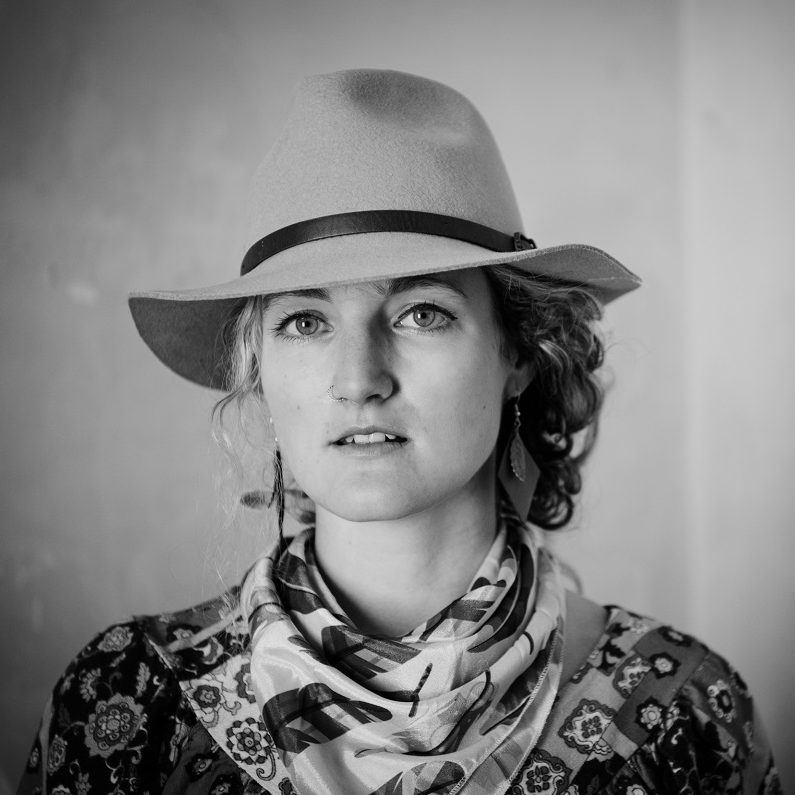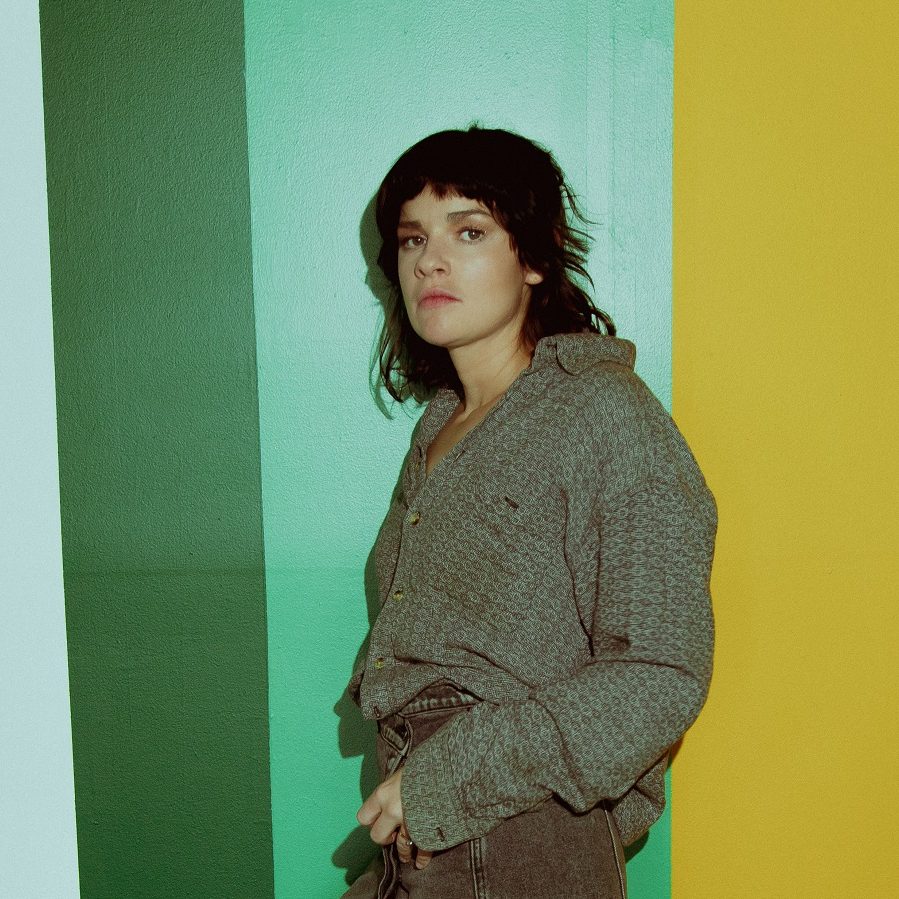Ian Munsick carries Wyoming with him wherever he goes. Though he’s now based in Nashville, Munsick consistently documents his affection for the Cowboy State through his music. For example, he named his new album Eagle Feather, a title that alludes to a gift he received at his honorary Crow Native American tribal adoption last year.
The closing track on that 20-song collection, “The Gate,” is bookended by the voices of his father and his son, underscoring the life lessons within the poignant lyrics. He even enlisted Buck Brannaman, an inspiration for Nicholas Evans’ 1995 novel, The Horse Whisperer, to appear in the music video for “Horses, Not Hearts.”
On a rare break from touring, Munsick chatted with Good Country about moving to Nashville as an 18-year-old, his admiration for bluegrass musicians, and his most reliable piece of advice.
Let’s start by talking about the video for “Horses, Not Hearts.” Why did you like the treatment for that video?
Ian Munsick: When it comes to everything for the eyes, my wife has a huge part in that. She’s also my manager and she’s very good at branding. The majority of my imagery comes from her, and she had that idea of going back home to Wyoming. There’s an old cowboy in Wyoming that’s one of the best horsemen in the world named Buck Brannaman. We always try to incorporate and feature real people in the West that are very good at what they do. This is a common theme for us, and he was one that we hadn’t included yet. We’re from Sheridan, and his wife is best friends with my mom, and we go way, way back. Before I was even born, they knew me, so it was cool getting to work with him and his daughter and his wife.
We’re really trying to portray an accurate picture of the real West. That’s always been my goal as an artist, and there’s no better way of doing that than to have world class horsemen and cowboys.
I think you’re a visual songwriter, too. “Too Many Trees” has a lot of visuals in it, and it’s a love song, but there’s also that issue of where to settle down. Is that something you and your wife talk about – thirty years in the future, where you want to be?
Oh yeah, all the time. I lucked out in that my wife loves Wyoming and I knew that that was going to have to be a precursor, because that’s where I belong. That’s where I feel most at home. She’s from North Carolina and there’s a lot of trees and hills there. I started to think to myself, “What if she didn’t like Wyoming?” That’s how that song came about. Being from Wyoming, there’s no trees there. They’re only on the mountains and by the rivers and that’s it. So, moving to Nashville when I was 18, it was a pretty dramatic geographical change.
I always had that idea and that title and then I picked up my three-year-old nephew from the airport. He flew in a couple years ago with his parents and we were riding back home in the truck back to our house in Nashville. I don’t think that he had ever left Wyoming, so it was his first time out. The first thing that he told me in the truck on the way home was, “Man, there’s so many trees out here.” I was like, “I’ve got to write that song!” That’s what sparked it.
When you thought, “All right, I’m moving to Nashville,” what was your goal?
I didn’t really have a big goal. My main goal was to play music for a living. I knew that if I was making music, then I was gonna be happy. It didn’t matter if I was writing songs or if I was playing in a band, or if I was producing songs, or if I was being an artist. I just knew that I wanted to be playing music all the time. Then slowly after I got here, I started to realize everybody that’s an artist right now is from the same area. They’re from Georgia or Tennessee or Texas and that’s it. So it’s like, maybe I have a unique outlook on what country is. That’s what inspired my whole artistry.

Photo Credit: Raul Esparza
Did you get a lot of radio stations where you grew up?
No, man! As you can imagine. There were three stations, two of them were country and one was rock. That’s it.
Wow. Did you listen to rock and roll coming up as a kid? Did you like it?
Yeah, my dad – he’s just a very good musical mind. He plays a bunch of instruments, writes his own music, so he turned me and my two older brothers on to all kinds of music when we were young. So honestly, I didn’t really listen to country radio very much, just because my dad hated it. He’s like, “Oh, this isn’t real country music.” That’s always what he would say. So we didn’t really listen to much radio country. It was like old tapes of Merle Haggard and George Jones – and the Beach Boys, Fleetwood Mac, Chris Ledoux, all kinds of music.
Did you get up on stage a lot as a kid and play with your dad?
Yeah, my dad taught my two brothers and me how to play music at a young age. By the time I was about 10 years old, we were on stage all together as a family band. That’s how I started. We’d play rodeos and after-parties, dances, just whoever would have us. That’s how I came up playing music, learning through them.
From the videos I’ve seen, and looking at your videos on social media, it seems to me like you don’t have stage fright. Did you lose that early as a kid?
Yeah, my dad knows how to engage an audience very well, so I got to learn that at a really young age. And my two older brothers already knew, from him, how to engage a crowd. So I had three people I looked up to that were already really good at that and I definitely learned from them.
I found one of your songs on Spotify called “Me Against the Mountain” and I was surprised to hear banjo on there. What was on your mind as that song was taking shape?
Like most writers, I have my voice memos on my iPhone, just hundreds of them on there. During COVID, I was writing with two people that I had never written with that would quickly become two of my favorite people to write with, Jeremy Spillman and Randy Montana. I had this little thing that was just like [imitates twangy licks] and it felt very backwoods mountain bluegrass. So I just picked up my banjo and started to play that. I did have the word “mountain,” and Randy was like, “Man, that’s just a really cool vibe. I wonder if it’s ‘me against the mountain?’” The mountain could be an actual mountain, or it could be a metaphor for an obstacle that’s between you and the one you love. So that’s how it came to be.
I recorded the whole thing in my studio and I mixed it right there. My wife and I were about to get married and I played it for her in the car. She’s like, “This needs to be our wedding song.” I was like, “All right, sweet.” So we made that music video around our wedding, which is something I feel like only happens when your wife is your manager. [Laughs]
How did you acquire a banjo?
For that one, that might have been a ganjo. Right after I made that track, I was like, “Man, you have no idea how long it took me to get that thing to sound good.” Like all ganjos do! But after that, for my birthday, my wife went to Carter Vintage and bought me a Deering banjo. It’s a beautiful banjo! It’s honestly one of the nicest instruments that I own. I just keep that bad boy in my studio. I can play “Cripple Creek” and that’s about it. But when you’re in the studio, you have the advantage of tuning it weird and making weird noises with it and fooling around until it’s good. What a cool instrument that just immediately puts you in a vibe. The acoustic guitar obviously can do a lot of things, but when you hear a banjo, it’s like you’re there. It just takes you to that place. It’s a very special instrument.
Do you remember when you got introduced to bluegrass or learned about it?
Yeah, my dad’s primary instrument is fiddle. I remember him playing all those old fiddle tunes when I was growing up. He gave me my granddad’s mandolin at a young age and he would teach me how to play those old fiddle tunes on the mandolin. So that’s my first real intro to old traditional bluegrass music.
But then, through people like Yonder Mountain String Band, Steep Canyon Rangers, Doc Watson, and Ricky Skaggs & Kentucky Thunder, I really started to navigate my own [path through] bluegrass music. I fell in love with harmonies, number one. Those were the main things that drew me in. I’ve always been a huge harmony guy. I love the Beach Boys. I love The Beatles. And bluegrass was that other thing that really played on those three-part harmonies. Being the youngest of the three brothers, that was our thing – to sing harmonies. That’s probably what drew me in, right out of the gate as a kid. And the older I get, the more I appreciate the playing. Those are some of the best musicians in the world playing bluegrass music.
On “Cheyenne,” you’re putting yourself out there with just a guitar and not much else. What stands out about that song for you?
Lyrically I really love that one. You probably know a little bit about that town, but Frontier Days obviously is when everyone comes to Cheyenne. People think that’s the big hot spot of Wyoming, through that rodeo, but really that’s the only two weeks that anything ever happens there. Other than that, it’s a total ghost town. Not a lot of action. Even though it is the state capital, nothing goes on there. I thought it was a cool idea, lyrically. I had that guitar riff going into the write and I’ve always been a huge believer in four-chord or five-chord change, back and forth, like Fleetwood Mac’s “Dreams.” How it never goes to the one, how it never resolves. That’s the vibe for that one.
I produced that with Jeremy Spillman, and him being older and much wiser than me, he’s like, “Man, this song doesn’t need much. It doesn’t need a kick drum. Just throw a little snare in there and maybe a steel guitar, and that’s it.” That’s what I’ve been liking, too. The older I get, the more I don’t like a bunch of noise, which is probably the human experience! [Laughs] I feel like overdoing it is pretty easy for producing music, and I think it can speak more if there’s less in it, and it allows the audience to have a little bit of room to imagine things.
When I was in college, I loved the song “I Can Still Make Cheyenne.” Do you like that one?
Man, I’ll tell you what. Dude, I heard that maybe not for the first time in high school, but that’s the first time I remember hearing it. It was my freshman year. Holy shit, dude, it rocked my world. I listened to it on repeat on iTunes for two weeks straight. It was like, “I can’t get enough of this.” To this day, that’s probably my favorite country song of all time. So good.
There’s a lot of life lessons in your song, “The Gate.” You probably learned some of those lessons the hard way. Especially in the music business, no doubt. When people approach you for advice, how do you handle that?
I’m always really inspired to try and help people as much as I can through my experiences. First thing I tell them is that I’m a ranch dude from Wyoming. So if I can do this, you can do whatever you want. There’s no world that’s more opposite than ranching in Wyoming to the entertainment industry. That’s as opposite as it gets. So if I can do it, then they can do it.
Man, I just try and use my mistakes, so that hopefully they don’t have to make those mistakes. I’m still young, I still have plenty more mistakes to be made. But what the main thing is, growing up in Wyoming, you’ve got to work your ass off and you want to be around people that are good people. It’s great if they can help you, or if you can profit with them, but the number one thing is just making sure you’re with good people that have your back.
Photo Credit: Cam Mackey

